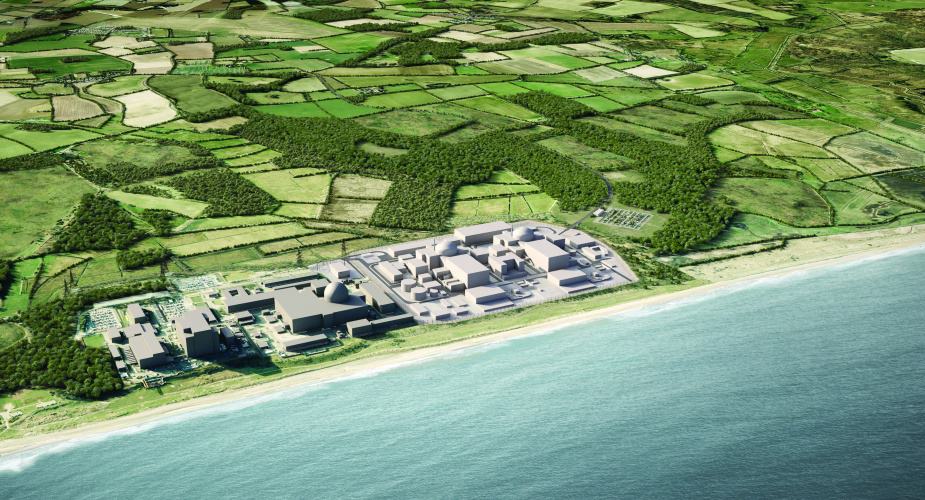
Aimed at supporting hundreds of thousands of new jobs through a decarbonised economy, the white paper details how the move to cleaner energy sources will put the UK ‘at the forefront of the global green industrial revolution’.
Offshore wind to provide electricity to all UK homes by 2030
PM announces new climate target ahead of COP26
Johnson maps out Britain’s Green Industrial Revolution
“Today’s plan establishes a decisive and permanent shift away from our dependence on fossil fuels,” business and energy secretary Alok Sharma said in a statement. “Through a major programme of investment and reform, we are determined to both decarbonise our economy in the most cost-effective way, while creating new sunrise industries and revitalising our industrial heartlands that will support new green jobs for generations to come.”
Key tenets in the white paper include £1bn invested into CCS (carbon capture and storage) in four industrial clusters by 2030, and setting a 5GW target for hydrogen production, including a new £240m net zero Hydrogen Fund for low carbon hydrogen production.
A further £1.3bn will be invested into charge points for electric vehicles in homes, streets and on motorways as well as up to £1bn to support the electrification of cars, including the mass-production of batteries for electric vehicles.
“Business stands ready to deliver the investment and innovation needed to turn ambition into reality, and the proposals outlined in the Energy White Paper will give business further confidence to deliver new infrastructure, including electric vehicle charging, renewable power generation and low-carbon upgrades to people’s homes,” commented Rain Newton-Smith, chief economist at the Confederation of British Industry.
Publication of the Energy White Paper coincides with talks with EDF over investment options into Sizewell C, a twin reactor design proposed for the Suffolk coast.
Government discussions with EDF are subject to ‘reaching a value for money deal’ that will see government providing finance during the construction phase ‘provided there is clear value for money for… taxpayers’.
Government said it is exploring future funding options for new nuclear, including the Regulated Asset Base (RAB) funding model designed to attract private investment and lessen the tax-payer burden.
“The support for the development of the next generation of nuclear technologies including SMRs and the decision to enter into negotiations on Sizewell C are very positive steps forwards,” said Clive White, senior vice president for Critical Mission Solutions – International (CMS-I) at Jacobs. “Nuclear power provides the UK with a resilient baseload capacity, while also creating high paying jobs throughout the UK that make a significant contribution to the country’s net zero commitments to help tackle the climate emergency.”
“Our zero-carbon generating capacity is set to fall over the next 10 years, so the government’s commitment to an appropriate financing model for new nuclear capacity to cut the cost of capital, increase the pool of investors and reduce the price of electricity is key to unlocking the potential for thousands of clean energy jobs across the country,” added Tom Greatrex, chief executive of the Nuclear Industry Association.





AI-generated medical responses need monitoring, study finds
This would negate most of the benefit of using AI in the first place, rather like the Locomotive Act 1865 that required any self-propelled road...